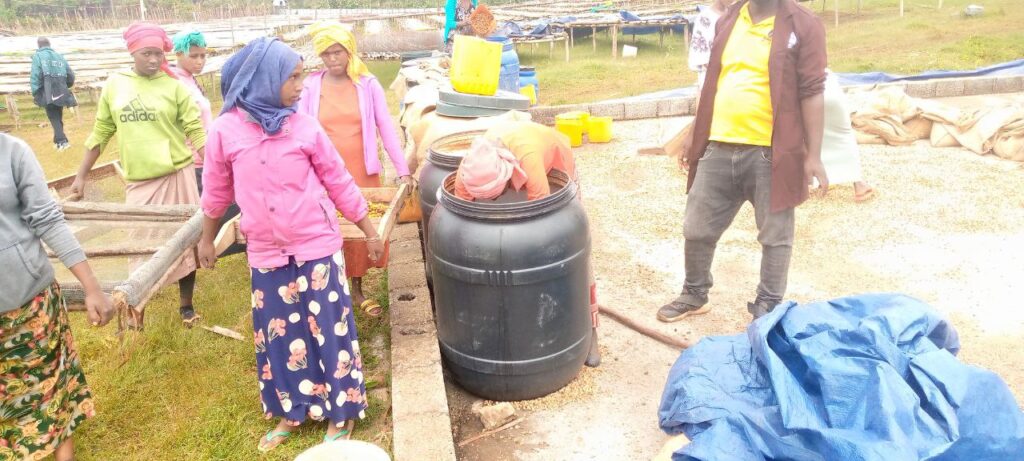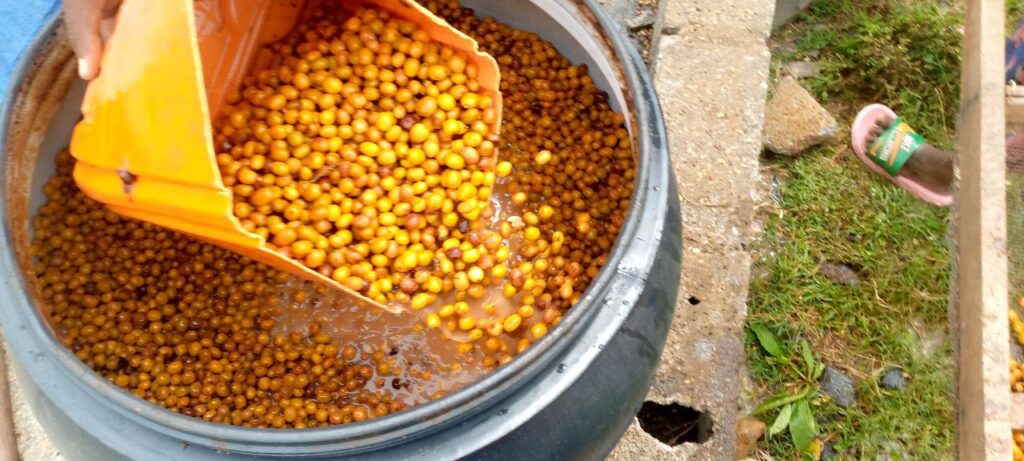As coffee consumption continues to grow around the world, so does the need for innovative and exciting new ways to produce this beloved beverage. Experimental coffee processing has recently become a hot topic among coffee enthusiasts and producers alike. From using alternative fermentation methods to aging beans in different types of barrels, there are a number of ways that producers are experimenting with new processing methods.

While some of these methods may seem strange or even unappetizing initially, many actually result in a cup of coffee with more complex and interesting flavors. The advent of technology and science is revolutionizing coffee processing. In this blog, we explore new trends in experimental coffee processing that are currently making waves.
Washed processing, natural processing, and honey processing are the three most common traditional coffee processing methods. Each method has its distinct set of benefits that make it ideal for certain coffee beans and brewing styles.
What Are The Traditional Methods Of Coffee Processing?
Washed processing is considered the standard method of coffee processing. For absorbing moisture and softening the coffee beans, they are soaked in water for several hours. Depending on the desired flavor profile, they are stripped of their outer layers and fermented in tanks for 12-48 hours. Following fermentation, the beans are either mechanically dried or sun-dried using clean water. This type of processing results in coffee beans that are clean and uniform in size and shape, making them ideal for use in espresso-based drinks.
Natural processing is a more traditional method involving very little human intervention. Coffee cherries are sun-dried by laying out on raised beds or patios. This could take up to two to four weeks, depending on the weather. Once the coffee cherries are completely dried out, they are hulled to remove the outer layers and reveal the bean inside.
Honey processing is a less common traditional coffee processing method. The coffee cherries are washed and soaked in water for 12-24 hours in this method. Next, the beans are removed from the pulp and placed in a chamber with honey for 2-3 days. This allows the honey to penetrate into the bean. Finally, the beans are dried and roasted.
At Kerchanshe, we utilize all these three traditional methods to process our coffee. This gives our coffee a unique flavor that people across the globe love.
New Experimental Coffee Processing Techniques
There’s no denying that specialty coffee is on the rise. An increase in the number of experimental processing techniques used to produce coffee comes with this growth. But over the past few years, there has been a notable rise in the use of experimental processing methods. These are typically more intricate than conventional methods because they entail more variables and demand that farmers exercise more control over the procedure.
Here are some of the most common experimental coffee processing methods.
Aerobic Fermentation
In order to produce a wider range of intriguing new flavors, coffee producers have started to use fermentation more and more recently. Even though fermentation starts shortly after picking coffee cherries, producers have found that by using it judiciously, they can create some very interesting new flavor profiles.

The aerobic fermentation process uses oxygen, which speeds up the process of fermenting the sugars found in coffee beans. In contrast, fermentation moves more slowly in an atmosphere devoid of oxygen, like a large sealed tank or a plastic barrel. This is because, without oxygen, the yeast cannot produce the enzymes needed for the fermentation to occur at a rapid pace. However, some coffee producers believe that this slower process results in a more flavorful cup of coffee.
Anaerobic Fermentation
In the natural anaerobic fermentation method, hermetically-sealed containers are utilized for fermenting coffee beans. Whole cherries are used in this procedure, which can sometimes take up to around 96 hours to complete.

Microorganisms degrade the sugars in the coffee beans very slowly because of the lack of oxygen during the process, allowing for the development of more complex flavors.
Carbonic Maceration
Anaerobic fermentation and carbonic maceration are similar processes, but the latter requires carbon dioxide to be flushed through the tanks. In this method, the fermentation is done in closed or sealed containers, and any oxygen is flushed out with carbon dioxide. The process results in a variety of flavors, including fruity, herbal, and wine-like flavors.

Kerchanshe has recently adopted carbonic maceration for coffee processing. This new coffee processing method allowed us to gain a foothold in the specialty coffee market, which is growing rapidly.
How Viable Are Experimental Processing Methods?
Although experimental methods of processing coffee are still in their infancy, they have the potential to be effective substitutes for more conventional techniques. One thing to keep in mind is that if the process variables aren’t tightly controlled, the fermentation process could produce unfavorable off-flavors.
Most coffee producers carry out these experimental processing methods in small batches to avoid any spoilage. However, this can be very expensive and require a lot of specialized equipment. Even if a producer could afford the necessary equipment, they would likely need to hire someone with expertise in using it, which would further increase their costs.
